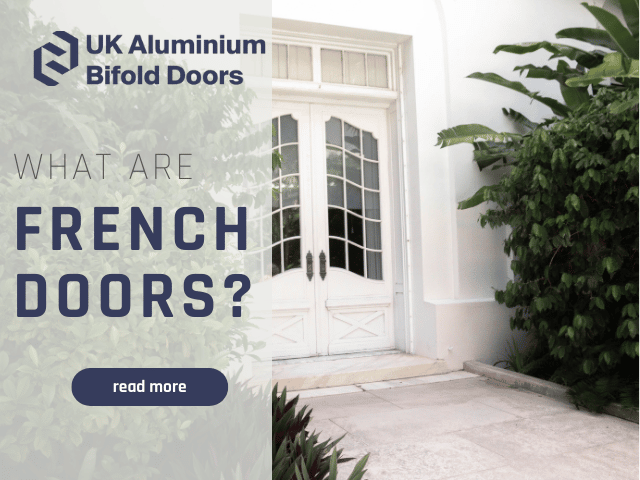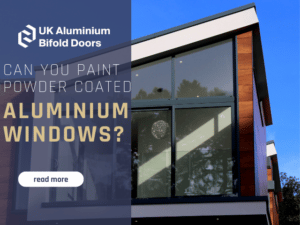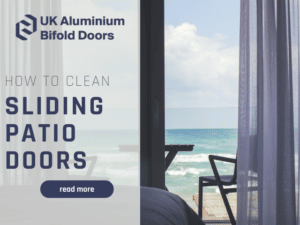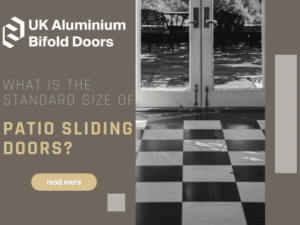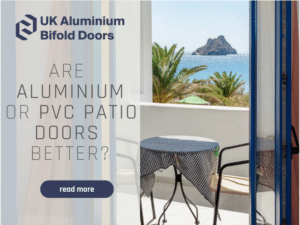French doors originated in 17th-century France to allow more natural light into dimly-lit homes.
French doors resemble French windows, but their glass panes extend most of the door’s length. This maximises the sunlight that comes in during the summer – a very desirable feature. They remain very popular, making homes bright and airy without sacrificing security.
These doors are also sought-after for their aesthetic appeal that creates a wider opening than sliding patio doors. This is one of the reasons sliding doors are often replaced with French doors, along with a number of benefits they also come with.
They’re ideal for ventilation, and make rooms appear more spacious – and they come in a range of colours and materials.
Characteristics Of French Doors
If you find yourself asking, “what are French doors?” you’ve come to the right place. French doors comprise two doors with hinges – quite a familiar design to most people. The doors open outward to create a “double” doorway, and are locked in the centre when closed. They typically have toughened glazing that allows in natural light.
The glass panels have either single- or double-glazing – transparent enough to let in sunshine and brighten the room. French doors are often used as external doors leading to patios, but thousands of people have interior French doors.
They come in a range of sizes, and can even be customised to suit different measurements. Some people prefer multiple sets of French doors if they want something to fit with a wider doorway.
Different Types of French Doors
External French doors
These are the doors that lead outside to your patio, deck or yard. External French doors open inwards and outwards, with large glass panes allowing plenty of natural light into your home.
Internal French doors
French doors are a smart way to create the illusion of extra space in your home’s interior. A well-designed French door can divide a space into two practical and stylish rooms.
Sliding patio doors
Sliding French patio doors are a popular choice for many homeowners, as they allow for plenty of room to pass in and out of the house. While not the traditional design, sliding French doors do provide a certain kind of charm.
What Materials Do French Doors Come In?
Aluminium
For long-lasting, maintenance-free doors, aluminium is ideal. This durable material doesn’t corrode (perfect for coastal areas) and regulates the house’s temperature: keeping you cool in summer and warm in winter. Our website has many more valuable tips on aluminium doors.
uPVC
uPVC is the least expensive material for French doors, making them more affordable for those with smaller budgets.
Wood
The most traditional door material, timber, is a popular choice because it can be varnished or painted to suit your property’s style and décor. We have more information on aluminium vs timber bifold doors on our website.
Composite material
Composite material, produced by binding glass fibres with plastics, is primarily used in construction. Its many benefits include longevity, durability, and minimal maintenance needs.
What Are The Benefits Of French Doors?
French doors are popular for many reasons – their versatility, for a start. They are attractive, practical, and can be installed indoors and outdoors.
Security
French doors fitted with double-glazing and toughened glass are very secure. A high-quality lock, such as an espagnolette bolt, can boost security for external doors. This lock is keyless, simple, and 100% effective.
Price
French doors, with their simple design, few components, and range of sizes and glazing, can be cost-efficient. Some doors’ sliding mechanisms can be more complex than those of French doors, increasing their price. French doors are a practical and aesthetically pleasing alternative.
Open design
Sliding patio-style doors may be simple, but they obscure at least part of the frame at all times. French doors help solve this problem by allowing for an open design that allows in as much natural light and air as possible.
Exterior and interior use
People tend to use French doors externally, but they can be used similarly in home interiors. The feeling of spaciousness is something we can all appreciate. A wider entrance makes a room feel bigger and brighter, whether it’s a dressing room, play room or dining room.
Disadvantages Of French Doors
Space
French doors open outward and need enough space to move, making them impractical for smaller doorways and rooms with a lot of furniture. A sliding door will help you avoid this issue.
Lack of privacy
Privacy can be a tricky issue with French doors, as the glass and light make it easy to see inside. Curtains or blinds can improve privacy to an extent, but they don’t work well with larger doorways. You can’t slide a French door partially open as you would a patio door, for example – your French door is either open or closed, with no grey area in between.
Can French Doors Make Your Home More Energy Efficient?
When you replace or install new doors, sustainability should be one of your top priorities. Apart from benefiting the environment, who wants to waste money on high heating bills? Dwellings’ energy efficiency is also regulated by building codes.
If you’re considering installing exterior French doors, you may wonder about their energy efficiency. Fortunately, well-constructed exterior French doors are an ideal energy-efficient replacement for other doors.
Doors with double-glazed panes keep homes warm, as the toughened glass loses very little heat. To improve your house’s insulation even more, try using fibreglass panels instead of glass.
French doors with tough, double-glazed panes prevent heat seeping out. Fibreglass panels are even better insulators. French door frames have a good balance of glass to wood, making them far more energy efficient than your average set of sliding doors.
How Secure Are French Doors?
Multi-point locks are similar to those of many modern front doors – your aluminium door probably has one. A multi-point locking system is like a mortice lock; turn the key once and the door locks in multiple places. Many people consider multi-point locks the sturdiest and most secure lock for a French door.
A security bar prevents a door’s handles from moving, adding an extra layer of safety. Some security bars include alarms – perfect for older French doors without modern security features.
How Much Do French Doors Cost?
In the UK, most French doors are made from uPVC. Expect to pay around £1,700 (labour and the cost of the door) to convert an existing window into a uPVC French door.
If you’re looking to create a new opening or to enlarge an existing door frame, you are looking at somewhere in the region of £3000.
Our aluminium options cost a little more than this, but they do have many advantages over cheaper materials. Aluminium will last much longer than uPVC, and it requires little maintenance. So, as a long term investment, aluminium is the smart choice.
FAQs
French doors and patio-style doors – What’s the difference?
The main difference between French doors and patio doors is that the former opens outwards on a hinge while the latter slides on a track. French doors tend to be traditional, and patio-style doors are more modern in appearance.
Sliding door or French door – Which is safer?
Most modern French doors have multi-lock systems that are more secure than sliding doors.
Sliding doors often have flimsier locking mechanisms that can be pushed up and down easily.
Do French doors last long?
French doors usually last a long time, sometimes, around 30 years or more. This will depend on what they’re made from and how well they’re maintained.

